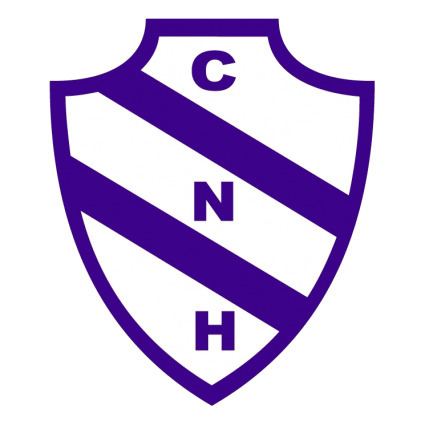Chairman Mario Kaminsky Website www.hacoaj.org.ar | Colors (White, Blue) | |
 | ||
Founded 24 December 1935; 81 years ago (1935-12-24) Activities BasketballCestoballField hockeyFootballGymnasticsMartial artsRowingTennisVolleyball | ||
Club Náutico Hacoaj is an Argentine sports club headquartered in the Tigre district of Greater Buenos Aires. Although the institution was founded as a rowing club, Hacoaj hosts a wide range of activities nowadays, including basketball, field hockey, football, golf, softball, tennis and volleyball, amongst others.
Contents
The club has been consolidated as one of the most important institutions of the Jewish community in Argentina, along with Club Macabi.
History
Large numbers of Jews first came to Argentina in the middle of the 19th century. Those were the times when Argentina encouraged immigration from Europe. The first Jews arrived from Russia, Poland, The Austro-Hungarian Empire and Germany, while other Jewish people came from the Ottoman Empire. Those groups established their homes mainly in the rural areas of Buenos Aires, Entre Ríos and Santa Fe where they worked as tenant farmers.
During the decades of the 1920s and 1930s a second immigrant group arrived to Argentina, where they develop their professional careers in the biggest cities of the country, working as teachers, journalists, actors and politicians. The districts where the most Jews established where Villa Crespo, Balvanera, Flores, Barracas, La Boca and suburban areas. As they usually did, Jewish people organized their social activities founding their own institutions such as temples, cemeteries, hospitals, committees and clubs.
Mauricio Schverlij, a young Jewish engineer, had been asked to be a member of a rowing club of Tigre Partido but his request was rejected. Suspecting that the rejection was due his Jewish origin, Schverlij called his own relatives and friends with the purpose of creating an own rowing that represented Jewish community. On the night of 24 December 1935, a meeting was held, establishing the "Club Náutico Israelita" ("Israeli Rowing Club", in Spanish). The word "Náutico" (Nautical) was to underline its rowing activities, as at that time it was the first club where Jews could practice that sport. One year later the club changed its name to "Club Náutico Hacoaj" in honor of its namesake, Hakoah (in Vienna, Austria), destroyed by the Nazis in 1938. Hacoaj started in a small rented place in Tigre, with a ramp, a few boats, tennis courts, basketball, bocce, football, a colonial-style main building, dormitories and a wooden dance floor.
Facilities
It currently has four locations:
